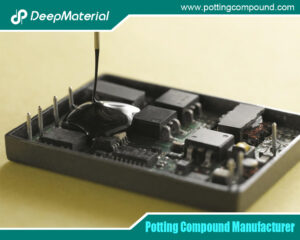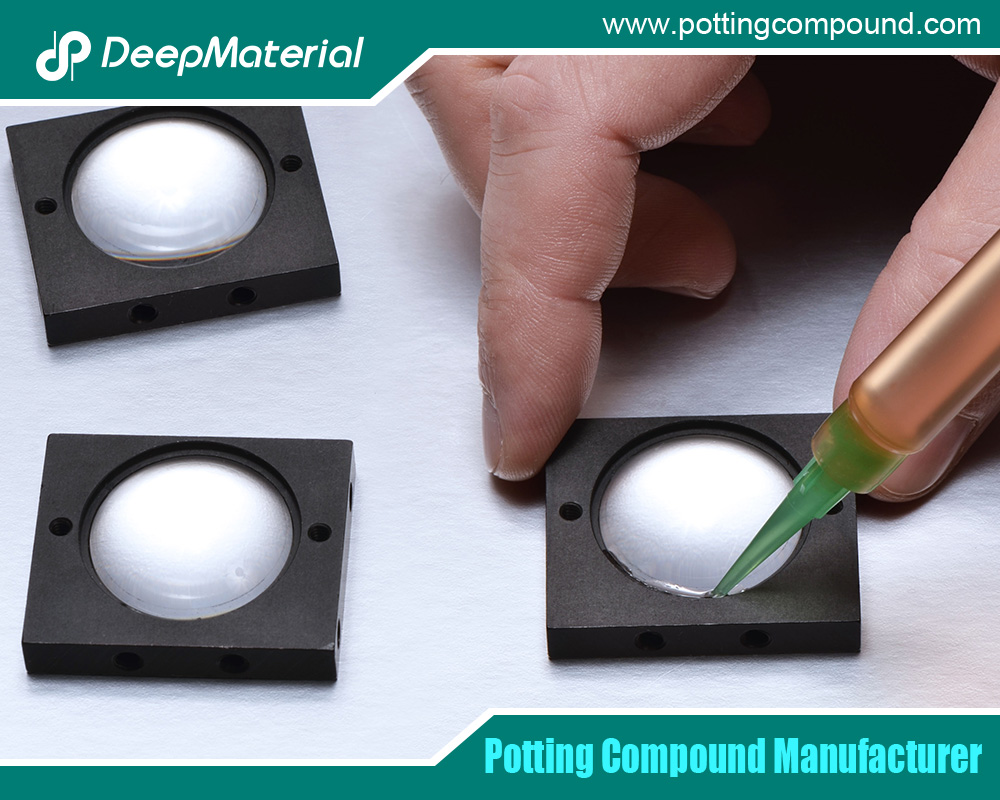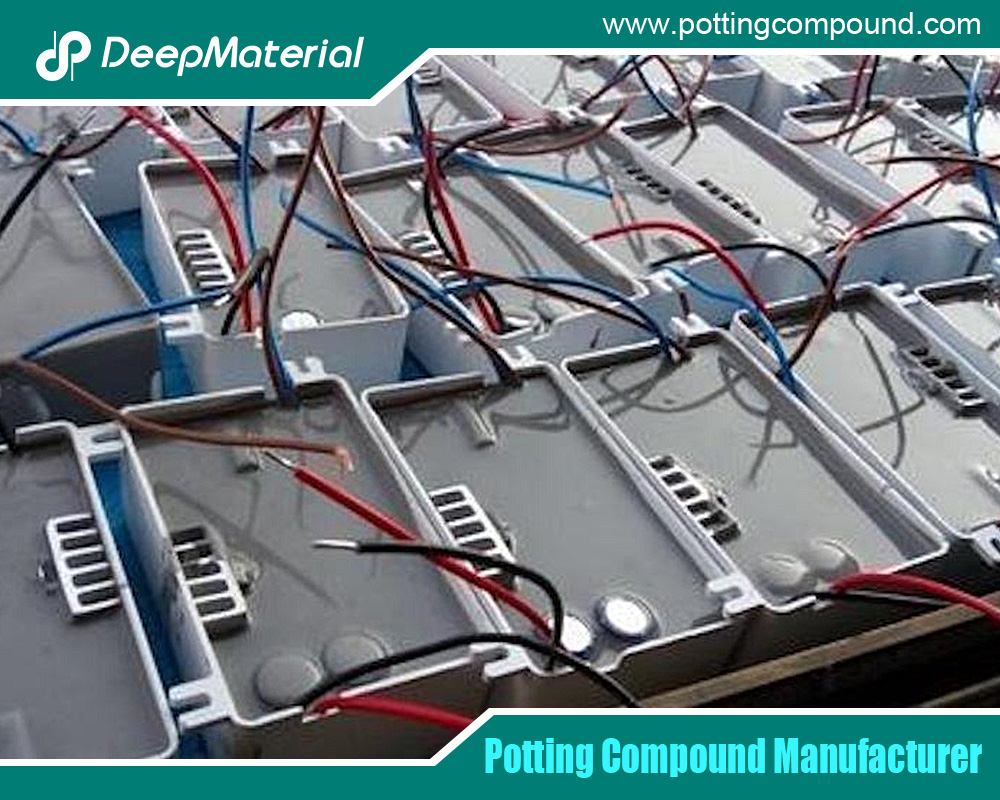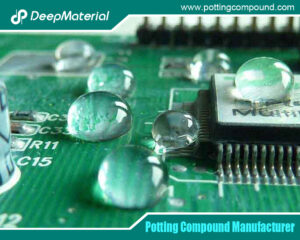
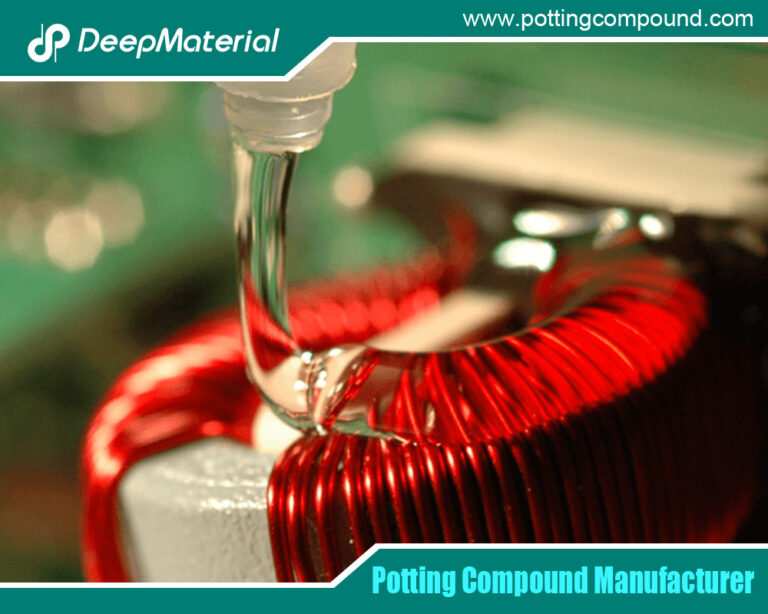
Silicone Potting Compound for Electronics: An In-Depth Overview
- Electronic Potting Material Manufacturer
- September 5, 2024
- circuit board potting compound, circuit board potting compounds, Connector Potting Compound, deepmaterial potting compound, electrical potting compound, Electronic Encapsulant Potting Compound, Electronic Epoxy Encapsulant Potting Compound, Electronic Epoxy Potting Compound, electronic potting compound, Electronic Potting Compounds Manufacturer, Encapsulant Potting Compound, Encapsulants and Potting Compounds Suppliers, Epoxy Encapsulant Potting Compound, epoxy potting compound, epoxy potting compound manufacturers, Flexible Potting Compound, LED Potting Compound, PCB Potting Compound, polyurethane potting compound, potting compound, Silicone Potting Compound, silicone potting compound for electronics, waterproof potting compound
Silicone Potting Compound for Electronics: An In-Depth Overview
Due to their exceptional properties and versatility, silicone potting compounds have become a cornerstone in the electronics industry. These compounds are essential for protecting electronic components from environmental factors, enhancing their durability and reliability. This comprehensive guide will delve into the characteristics, benefits, applications, and considerations of silicone potting compounds for electronics.
What is Silicone Potting Compound?
Silicone potting compounds are silicone-based materials used to encapsulate electronic components and assemblies. Potting involves filling the voids within electronic enclosures with a protective substance to safeguard against moisture, dust, and mechanical stress. Silicone potting compounds are renowned for their unique properties, making them ideal for various electronic applications.
Critical Properties of Silicone Potting Compounds
- Thermal Stability: Silicone potting compounds exhibit excellent thermal stability, maintaining their properties across a wide temperature range. They can withstand extreme temperatures without degrading, making them suitable for high-temperature applications.
- Electrical Insulation: These compounds provide superior electrical insulation, preventing short circuits and protecting sensitive components from electrical interference. They effectively insulate electrical circuits, ensuring reliable performance.
- Chemical Resistance: Silicone potting compounds resist various chemicals, including acids, bases, and solvents. This resistance ensures that the encapsulated components remain unaffected by harsh environmental conditions.
- Flexibility and Durability: Silicone potting compounds are flexible and durable, absorbing mechanical stress and vibrations. This flexibility helps prevent damage to electronic components during operation and transportation.
- Water and Moisture Resistance: One of the most significant advantages of silicone potting compounds is their water and moisture resistance. They form a protective barrier preventing water ingress and safeguarding electronic components from corrosion and damage.
Benefits of Silicone Potting Compounds
- Enhanced Protection: The primary benefit of silicone potting compounds is their enhanced protection of electronic components. By encapsulating the components, silicone potting compounds shield them from environmental factors such as moisture, dust, and temperature fluctuations.
- Improved Reliability: Using silicone potting compounds enhances the reliability of electronic devices by preventing failures caused by environmental stress. This reliability is crucial for applications where consistent performance is essential.
- Extended Lifespan: Electronic components protected with silicone potting compounds generally have a longer lifespan. The compounds prevent deterioration caused by exposure to harsh conditions, reducing the need for frequent repairs or replacements.
- Reduced Maintenance: Silicone potting compounds minimize maintenance by providing a durable, long-lasting protective layer. This reduction in maintenance requirements leads to cost savings and increased operational efficiency.
- Design Flexibility: Silicone potting compounds offer design flexibility, allowing for the encapsulation of complex and irregularly shaped components. This versatility makes them suitable for a wide range of electronic applications.
Applications of Silicone Potting Compounds
Due to their superior protective properties, silicone potting compounds are used in various electronic applications. Here are some typical applications:
- Automotive Electronics: In the automotive industry, silicone potting compounds protect electronic components in engines, transmissions, and control units. They safeguard against vibration, temperature extremes, and exposure to automotive fluids.
- Consumer Electronics: Silicone potting compounds are used in electronics such as smartphones, tablets, and wearable devices. They protect sensitive components from moisture, dust, and mechanical stress, ensuring reliable performance.
- Aerospace and Defense: In aerospace and defense applications, silicone potting compounds protect critical electronic systems from extreme temperatures, radiation, and mechanical shock. Their durability and reliability are essential for mission-critical applications.
- Industrial Equipment: Silicone potting compounds are used in industrial equipment to protect sensors, connectors, and control systems from harsh environmental conditions. They enhance the reliability and longevity of industrial electronic components.
- Medical Devices: In medical devices, silicone potting compounds protect electronic components exposed to bodily fluids and sterilization processes. They ensure the safety and reliability of medical equipment.
Factors to Consider When Choosing Silicone Potting Compounds
When selecting a silicone potting compound for electronic applications, several factors should be considered to ensure optimal performance:
- Temperature Range: Evaluate the temperature range of the silicone potting compound to ensure it meets the thermal requirements of the application. Choose a compound that remains stable and functional within the operating temperature range.
- Viscosity: The viscosity of the potting compound affects its flow and application. Consider the compound’s viscosity to fill the voids and crevices in the electronic assembly adequately.
- Curing Time: Different silicone potting compounds have varying curing times. Choose a compound with a curing time that aligns with the production schedule and application requirements.
- Compatibility: Ensure that the silicone potting compound is compatible with the materials used in the electronic assembly. Compatibility with substrates and other materials is crucial to avoid adverse reactions and ensure optimal adhesion.
- Environmental Conditions: Consider the environmental conditions to which the electronic components will be exposed. Select a silicone potting compound with properties that provide adequate protection against moisture, chemicals, and mechanical stress.
- Certification and Compliance: Verify that the silicone potting compound meets relevant industry standards and certifications. Compliance with standards ensures the compound’s suitability for specific applications and regions.
Application Techniques
Applying silicone potting compounds involves several techniques, depending on the complexity of the electronic assembly and the desired outcome. Here are some standard application techniques:
- Pouring: The pouring technique fills the electronic enclosure with a liquid silicone potting compound. This method suits large, simple assemblies where the compound can freely flow and fill voids.
- Injection Molding: For complex and intricate assemblies, injection molding injects the silicone potting compound into the electronic enclosure. This technique ensures precise filling and encapsulation of components.
- Dispensing involves using automated or manual dispensers to apply the silicone potting compound to specific areas of the electronic assembly. This technique is suitable for applications requiring a controlled and precise application.
- Coating: Sometimes, silicone potting compounds are used as coatings to provide a protective layer over electronic components. The coating is often used with other protection methods to enhance durability.
Curing and Post-Application Considerations
After applying the silicone potting compound, it undergoes a curing process to achieve its final properties. Curing can be accomplished through various methods, including heat, UV, and room temperature. The choice of curing method depends on the specific requirements of the application and the type of silicone potting compound used.
Post-application considerations include:
- Ensuring proper ventilation during curing.
- Handling the encapsulated assembly with care.
- Performing quality control checks to verify the effectiveness of the potting process.
Challenges and Solutions
While silicone potting compounds offer numerous benefits, some challenges are associated with their use. Addressing these challenges requires careful consideration and planning:
- Air Bubbles: Air bubbles can become trapped in the potting compound during application, reducing effectiveness. Ensure proper mixing, degassing, and application techniques to minimize air bubbles.
- Adhesion Issues: Inadequate adhesion between the silicone potting compound and the electronic components can lead to performance issues. Ensure compatibility between the compound and the materials used, and consider using adhesion promoters if necessary.
- Curing Variability: Variability in curing conditions can affect the final properties of the potting compound. Maintain consistent curing conditions and monitor the curing process to ensure uniform results.
- Cost Considerations: High-quality silicone potting compounds can be expensive. Evaluate the cost-benefit ratio and select a compound that meets the application’s requirements while optimizing cost-effectiveness.
Conclusion
Silicone potting compounds protect electronic components and assemblies from environmental factors, enhancing their reliability and longevity. Their exceptional properties, including thermal stability, electrical insulation, chemical resistance, and flexibility, make them suitable for various applications across various industries.
Manufacturers and engineers can make informed decisions to ensure optimal performance and protection for their electronic devices by understanding the characteristics, benefits, applications, and considerations associated with silicone potting compounds. As technology advances, silicone potting compounds will remain a crucial component in designing and producing reliable and durable electronic systems.
For more about choosing the top silicone potting compound for electronics: An In-Depth Overview, you can pay a visit to DeepMaterial at https://www.pottingcompound.com/ for more info.
Recent Posts
- Electronic Encapsulation Technology to Enhance the Durability of Automotive Electronics
- The Unsung Guardian: Why Silicone Potting Compound is Widely Used in the Electronics Industry
- The Development Trend and Future Prospects of Electrical Potting Compound in the Glue Industry
- The Conformal Coating for PCB Market Has Entered an Explosive Period: Key Drivers and Reports Detailed
- How Does Epoxy Encapsulated LED Work?
- Which Glues Are Suitable for Encapsulation of Electronic Products?
- What Are the Design Standards for the Glass Transition Temperature (Tg) and Tensile Modulus of Automotive Electronic Encapsulants Adhesives?
- Usage Methods of LED Potting Compounds: From Mixing to Curing – A Complete Step-by-Step Guide
- The Characteristics of Thermal Conductivity, Waterproofness and Shock Resistance of LED Potting Compounds
- Revealing the Wide Range of Application Scenarios of LED Potting Compounds
Tags
Related Posts

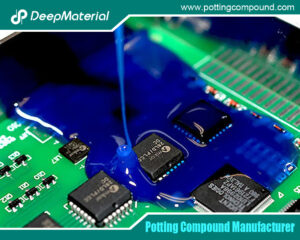
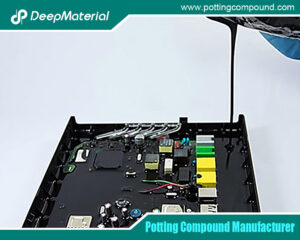
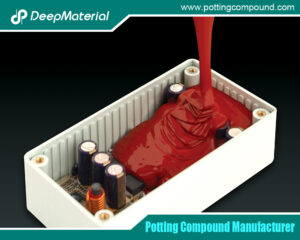
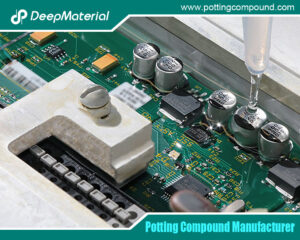
How Does Epoxy Encapsulated LED Work?
